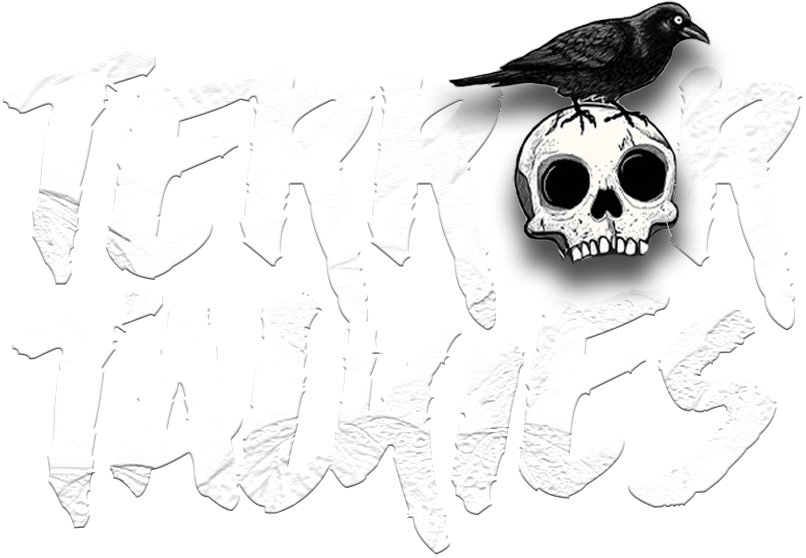Return of the Shadow Pack
- Shaitan Rao
- Apr 10
- 2 min read
Updated: May 4
by Shaitan Rao

They’re Back: Scientists Have Engineered the Return of the Dire Wolf
Move over mammoths—Colossal Biosciences, the Texas-based biotech company already working on de-extincting the woolly mammoth and the dodo, has announced the arrival of something far more primal: the dire wolf. Three genetically engineered wolf pups—Romulus, Remus, and Khaleesi—have been born, drawing directly from the DNA of the prehistoric predator that once roamed Ice Age North America.
But before you imagine Game of Thrones come to life, these creatures aren’t resurrected fossils. They’re the result of synthetic biology—gray wolves modified with carefully selected traits pulled from ancient dire wolf genes. The result: pups that are larger, bulkier, and more bone-crushingly built than their modern counterparts.
Colossal calls this “rewilding.” According to Ben Lamm, the company’s CEO, the aim is to “bring back ecological function.” In other words: restore apex predators to ecosystems humans have disrupted. Romulus and Remus are part of a larger mission to reintroduce species that can reshape the balance of the wild—by hunting overpopulated animals, bolstering biodiversity, and perhaps undoing the effects of centuries of human meddling.
But is this really a dire wolf? That depends on how you define one. The actual Aenocyon dirus, which went extinct roughly 10,000 years ago, wasn’t simply a big gray wolf—it was a separate lineage, genetically distinct, with no modern descendants. Some scientists are skeptical. “You can’t recreate a dire wolf by editing a modern wolf’s DNA,” notes Dr. Emily Lindsey of the La Brea Tar Pits. “You can create something similar, but it’s not the same animal.”
Colossal’s team is transparent about this. They refer to the pups as “genetically engineered proxies”—a mouthful, but a meaningful one. What they’ve built is something new: part wolf, part memory.
Ethical debates are already simmering. Should we bring back predators to landscapes that no longer expect them? What happens when gene-edited animals become commercialized, or worse, escape controlled settings? And who decides what counts as “restoration” versus manufactured nostalgia?
Still, there's no denying the symbolic power of Romulus and Remus—named, of course, after the mythical twins raised by a she-wolf. These pups mark a future where the past is pliable. A world in which extinction isn’t final, and biology is an editable script.
In this strange new chapter of science and story, the dire wolf is no longer a fossil in a museum. It’s alive. Breathing. Watching.
And maybe—just maybe—waiting.

The wolves are not coming.
They are already here.
And they remember us.

